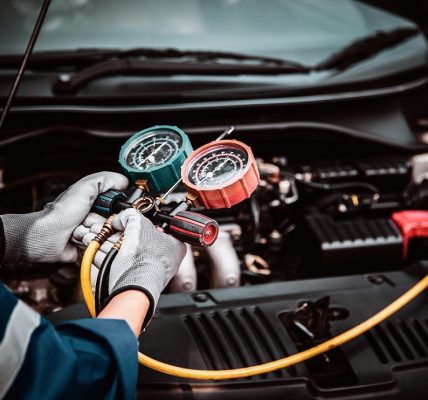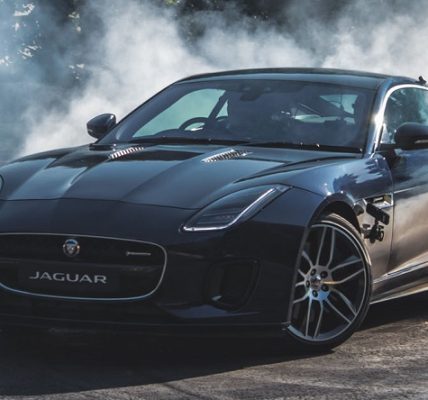Performance tuning in the automotive industry is like fine-tuning a musical instrument for the ultimate harmony. It’s the art of unlocking hidden potential within a vehicle to deliver exhilarating power, improved efficiency, and jaw-dropping speed. This article takes you on a journey through the types of performance tuning, revealing the various techniques that automotive enthusiasts use to transform ordinary rides into extraordinary machines.
The Stage for Performance Tuning in the Automotive Industry
Performance tuning isn’t just about making your car louder or faster; it’s a meticulous process that involves tweaking different aspects of a vehicle to achieve optimal performance. Whether you’re a weekend warrior looking for a thrill or a professional racer chasing victory, understanding performance tuning is essential.
Understanding Performance Tuning
Performance tuning is the science and art of optimizing a vehicle’s components to enhance its overall performance. This can involve modifications to the engine, transmission, suspension, aerodynamics, and more. The goal is to balance power, handling, and efficiency perfectly.
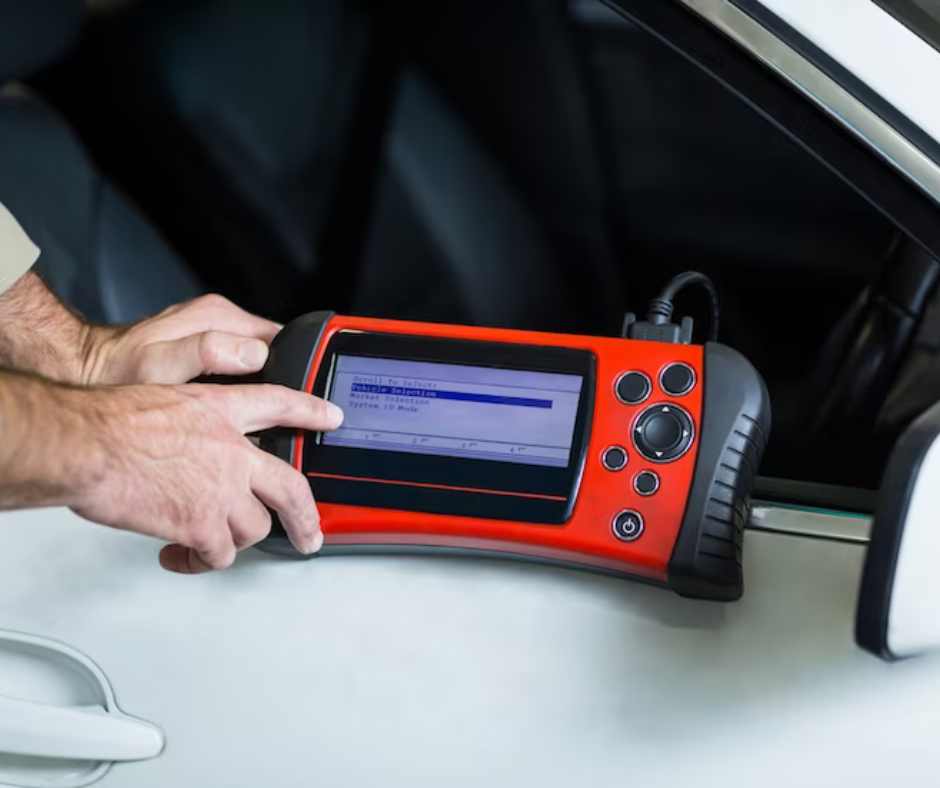
Defining Performance Tuning in the Context of Vehicles
Performance tuning goes beyond the standard maintenance and repairs that keep a vehicle running. It’s about pushing boundaries and exploring the potential of each component to maximize its capabilities. It’s a journey of experimentation and customization that enthusiasts embark upon to create a vehicle that reflects their personality and desires.
The Importance of Performance Tuning for Automotive Enthusiasts
For car enthusiasts, performance tuning is a way of life. It’s not just about the destination; it’s about the exhilarating journey to get there. Tuning a vehicle allows enthusiasts to extract every ounce of power and excitement from their ride, turning it into a personalized masterpiece that mirrors their dreams and aspirations.
Factors Influencing Vehicle Performance
Engine Power and Torque: The Heart of Performance
The engine is the beating heart of any vehicle, and unlocking its true potential is at the core of performance tuning. Enhancing power and torque through modifications like intake upgrades, camshaft installations, and exhaust enhancements can significantly elevate a vehicle’s performance.
Aerodynamics: How Airflow Affects Vehicle Efficiency
Aerodynamics plays a vital role in a vehicle’s efficiency and performance. From spoilers to diffusers, every aerodynamic modification aims to minimise drag, increase downforce, and optimise airflow for improved speed and stability.
Weight Reduction: Shedding Pounds for Improved Speed
Every pound matters in performance tuning. Removing excess weight through techniques like carbon fiber components and lightweight wheels can lead to quicker acceleration, better handling, and enhanced overall performance.
Tires and Suspension: Enhancing Grip and Handling
Tires and suspension are crucial for maintaining control and handling. Upgrading to performance-oriented tires and adjusting suspension settings can significantly improve grip, cornering ability, and overall driving experience.
Types of Performance Tuning
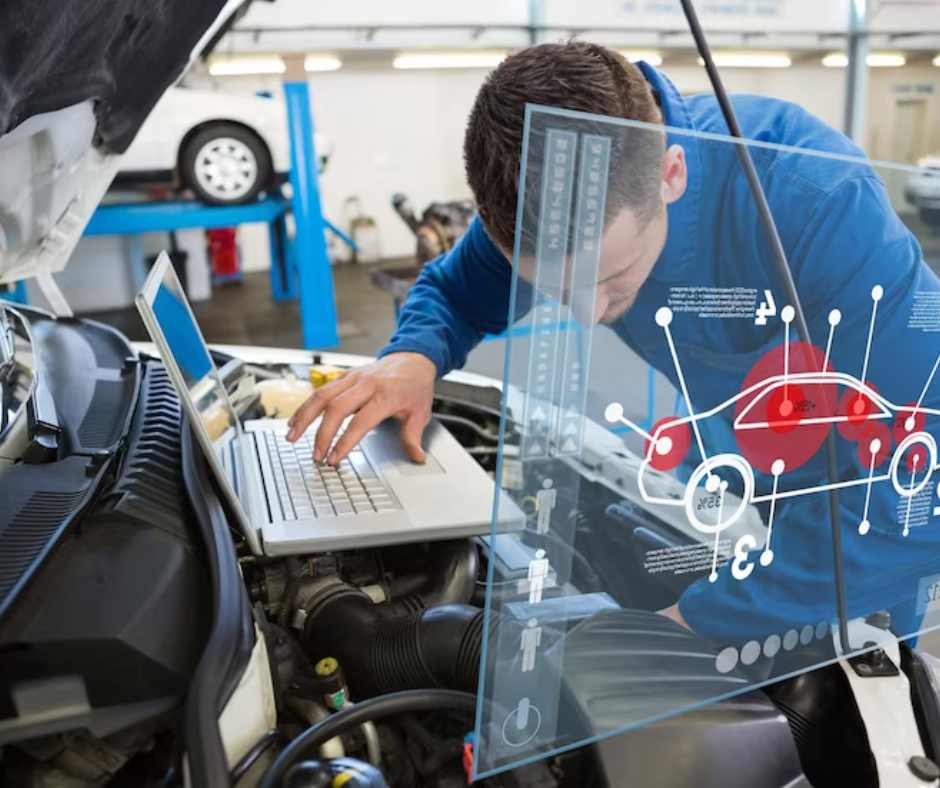
Engine Tuning: Unleashing Hidden Power
Engine tuning involves a variety of modifications, from adjusting the air-fuel mixture to optimizing ignition timing. These changes can unleash hidden power and enhance overall engine performance.
ECU Remapping: Optimizing Engine Control
Electronic Control Unit (ECU) remapping involves modifying the software that controls various engine parameters. This can improve power delivery, fuel efficiency, and throttle response.
Turbocharging and Supercharging: Forced Induction for Boost
Forced induction methods like turbocharging and supercharging involve compressing air before it enters the engine, resulting in higher power output. These methods are popular for achieving significant performance gains.
Cold Air Intakes: Improving Airflow for Efficiency
Cold air intakes increase the amount of cool air entering the engine, leading to better combustion and improved performance. They can also enhance engine sound and responsiveness.
Exhaust System Upgrades: Letting Your Engine Breathe
Upgrading the exhaust system can improve airflow, increase power, and enhance the exhaust note. Performance-oriented exhaust systems are designed to minimize back pressure and maximize engine efficiency.
Headers and Manifolds: Enhancing Exhaust Flow
Headers and manifolds help direct exhaust gases away from the engine more efficiently. These upgrades can result in improved horsepower and torque.
Cat-Back and Axle-Back Systems: Balancing Noise and Performance
Cat-back and axle-back exhaust systems balance improved performance and a more aggressive exhaust note. These systems replace components from the catalytic converter to the vehicle’s rear.
Suspension and Handling Upgrades: Tackling Corners with Confidence
Suspension upgrades can transform a vehicle’s handling characteristics, including coilovers, shocks, and sway bars. These upgrades enhance stability, cornering ability, and overall control.
Coilovers and Shocks: Customizing Ride Comfort and Performance
Coilovers and high-performance shocks allow for adjustable suspension settings, enabling drivers to fine-tune their ride for comfort and performance.
Sway Bars: Minimizing Body Roll for Improved Handling
Sway bars (anti-roll bars) reduce body roll during cornering, improving stability and handling. They keep the vehicle level and maintain optimal tire contact with the road.
Brake System Upgrades: Slowing Down for Speed
High-performance brake systems with larger rotors and calipers improve stopping power and reduce brake fade during intense driving situations.
High-Performance Brake Pads: Enhancing Stopping Power
Performance brake pads offer improved braking performance, better heat resistance, and reduced brake dust.
Upgraded Rotors: Efficient Heat Dissipation
Upgraded brake rotors with improved cooling properties help dissipate heat more efficiently, preventing brake fade and maintaining consistent braking performance.
Transmission and Gearbox Upgrades: Smoother Shifts, Better Performance
Transmission and gearbox upgrades can result in quicker and smoother gear shifts, enhancing overall performance and driving experience.
Short-Throw Shifters: Quicker Gear Changes
Short-throw shifters reduce the distance needed to shift gears, allowing for quicker and more precise gear changes.
Performance Clutches: Handling Increased Power
Performance clutches are designed to handle increased power and torque without slipping. They provide better engagement and durability for high-performance driving.
Aerodynamic Modifications: Slicing Through the Air
Aerodynamic enhancements improve a vehicle’s efficiency by reducing drag and increasing stability at high speeds.
Spoilers and Wings: Increasing Downforce
Spoilers and wings generate downforce, which presses the vehicle’s tires against the road for improved grip and stability.
Diffusers: Reducing Drag for Speed
Diffusers streamline airflow under the vehicle, reducing drag and enhancing stability. They are particularly effective at high speeds.
Nitrous Oxide Injection: A Burst of Acceleration
Nitrous oxide injection provides a quick burst of additional oxygen to the engine, resulting in instant power gains.
How Nitrous Oxide Systems Work
Nitrous oxide systems release nitrous oxide (N2O) and extra fuel into the engine, temporarily increasing horsepower and torque.
Benefits and Risks of Nitrous Oxide Tuning
While nitrous oxide injection can offer significant power gains, it comes with risks like engine stress and potential damage.
Real-Life Examples of Performance Tuning
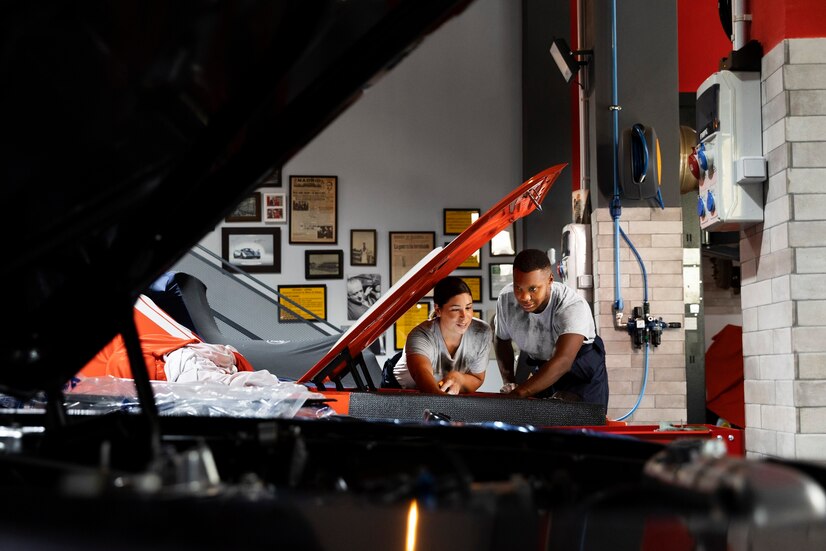
Here are two real-life examples of performance tuning:
Case Study: From Stock to Supercharged – Transforming a Sports Car
This case study follows the journey of transforming a stock 2015 Subaru BRZ into a supercharged powerhouse. The owner of the car, who we’ll call “John,” wanted to significantly increase the car’s power and performance without sacrificing its reliability or drivability.
John started by installing a supercharger kit from a reputable aftermarket manufacturer. This kit included a new supercharger, intercooler, and other supporting components. John also upgraded the car’s exhaust and fuel systems to accommodate the increased power output.
After completing the modifications, John took the car to a dyno to measure the performance gains. The results were impressive: the car’s horsepower increased from 200 to 350, and its torque increased from 151 to 265 lb-ft.
John was thrilled with the results of the performance tuning. The car now had significantly more power and acceleration, and it could handle much better on the track. John also appreciated that the modifications had not compromised the car’s reliability or drivability.
Enthusiast Spotlight: A DIY Approach to Performance Upgrades
Meet “Mike,” an automotive enthusiast who took a hands-on approach to performance tuning his 2017 Ford Mustang GT. Mike wanted to increase the car’s power and performance, but he also wanted to learn as much as possible about the process.
Mike started by researching different performance modifications for his Mustang. He eventually installed a cold air intake and a performance exhaust system. Mike also upgraded the car’s suspension and brakes.
Mike performed all of the modifications himself in his garage. He learned a lot about how cars work in the process, and he was also able to save a lot of money by doing the work himself.
After completing the modifications, Mike took the car to a dyno to measure the performance gains. The results were impressive: the car’s horsepower increased from 460 to 520, and its torque increased from 420 to 480 lb-ft.
Mike was thrilled with the results of his DIY performance tuning project. He was also proud of himself for learning so much about cars.
These are just two examples of real-life performance-tuning projects. There are many other ways to improve the performance of your car, and the specific modifications you make will depend on your individual goals and budget. If you’re interested in performance tuning your car, I recommend researching and talking to a qualified mechanic to get started.
Choosing the Right Tuning Approach
Assessing Your Goals: Street Performance vs. Track Dominance
Choosing the right tuning approach depends on your goals. Determine whether you aim for improved street performance or dominance on the track.
Budget Considerations: Finding the Balance between Cost and Results
Performance tuning can range from affordable to extravagant. Consider your budget when planning modifications to find the right balance between cost and results.
Consulting Experts: When to Seek Professional Tuning Services
While DIY tuning can be rewarding, there are times when consulting experts is beneficial. Learn when it’s best to seek the guidance of professional tuning services.
Safety and Legal Considerations
Emissions and Regulations: Navigating Legal Constraints
Performance tuning must adhere to emissions and legal regulations. Discover the importance of staying within the bounds of the law while enhancing performance.
Ensuring Reliability: Avoiding Overstressing Your Vehicle
Performance enhancements should not compromise the reliability of your vehicle. Learn how to avoid overstressing components and ensure longevity.
Safety Measures: Upgraded Brakes, Tires, and Roll Cages
Safety is paramount in high-performance driving. Explore the importance of upgrading brakes, tires, and roll cages to protect you and your vehicle.
DIY vs. Professional Tuning
Here is a table comparing DIY and professional automotive vehicle tuning:
| Feature | DIY | Professional |
| Cost | Less expensive | More expensive |
| Time | Can take several hours | Can take several days |
| Tools and equipment required | ECU reflashing tool, software, laptop, gauges, and access to a dynamometer | ECU reflashing tool, software, and dyno time |
| Technical expertise required | Some knowledge of automotive tuning | Extensive knowledge of automotive tuning |
| Risk of making mistakes | Higher risk | Lower risk |
| Warranty implications | May void your warranty | Less likely to void your warranty |
| Performance gains | Can be significant | Can be even more significant |
| Satisfaction | Can be rewarding for DIY enthusiasts | More likely to be satisfied with professional tuning |
Maintenance and Longevity
Gauges and OBD-II scanners help monitor engine health and performance, allowing you to detect issues early and make informed decisions.
Regular maintenance is essential for keeping your tuned vehicle running smoothly. Learn about the maintenance routines that help prolong the life of your upgrades.
Balancing longevity and performance is a delicate task. Discover how to optimize your vehicle’s performance while ensuring its long-term reliability.
Conclusion
Embrace the types of performance tuning in the automotive world. Each modification contributes to the symphony of performance, from enhancing engine power to optimising aerodynamics. Whether you’re a gearhead seeking exhilaration or a professional racer aiming for victory, performance tuning holds endless possibilities.
FAQs
What is performance tuning in the automotive industry?
Performance tuning involves optimizing a vehicle’s components to enhance its overall performance, including power, handling, and efficiency.
What are some common types of performance tuning?
Common types include engine tuning, ECU remapping, turbocharging, suspension upgrades, and aerodynamic modifications.
Is DIY performance tuning recommended?
DIY tuning offers hands-on experience but requires knowledge and time. Professional tuning shops provide expertise and specialized equipment.
Are there legal considerations in performance tuning?
Yes, performance tuning must adhere to emissions and legal regulations. It’s essential to stay within legal boundaries.
How do I balance performance and longevity?
Balancing performance and longevity requires careful component selection and regular maintenance to prevent vehicle overstressing.


